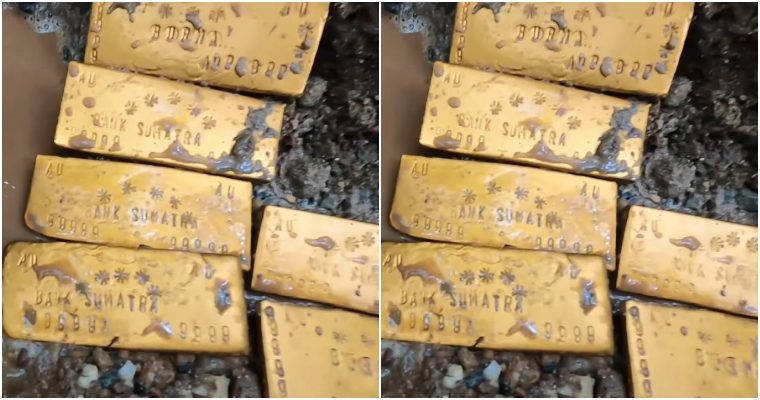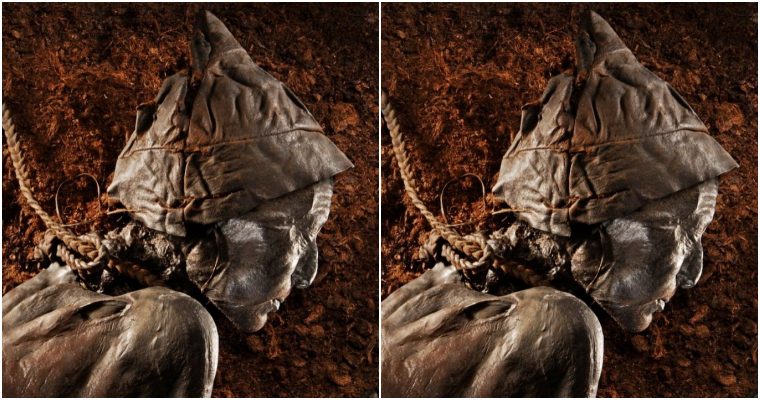A 164-foot crater burst open in a desolate region of the Siberian tundra, according to the Russian news agency Vesti Yamal. Journalists from the publication spotted the crater during an assignment on the Yamal Peninsula in June and rele ased their footage this week.

Greg Fiske, a geographer at the Woodwell Climate Research Center, was in Siberia during an unusually hot period — about 90 degrees Fahrenheit — when a strange news story came out. Pilots had flown over the Yamal Peninsula and reported a huge hole in the ground that seemed to have appeared out of nowhere, in the same region where Fiske and his colleague, Sue Natali, were working. “Siberia is a big place, but we were not far away,” he says. “It was kind of odd to experience that.”

Siberian media reported the discovery of a 50-meter-deep crater in the Arctic tundra that suddenly opened up. Craters like these have been found since 2014, and scientists believe they may be a result of cryogenic eruptions—in other words, ice volcanoes.
Since then, researchers have identified more of these craters across two regions, the Yamal and Gyda peninsulas. They’re part of the Siberian tundra, a massive stretch of land in Russia characterized by a layer of permanently frozen soil just below the surface. And, as scientists have found, the holes, which are roughly 65 feet across when first formed, don’t show up quietly — they blast into existence. Like slow-motion lava, land in Siberia bubbles up until it breaks, leaving behind a depression called a gas emission crater.
Exactly why these massive holes form is still a mystery, though many scientists suspect that climate change is playing a role. “With increasing recognition that permafrost thaw is creating widespread and drastic ecosystem change, a lot of people are trying to understand it, document it, map it and monitor it,” says Scott Zolkos, an arctic researcher at Woodwell. In the process of that work, researchers might be finding even more of these craters in the landscape than people knew existed.

One research group led by Lomonosov Moscow State University geologist Andrey Bychkov proposed that the first discovered crater in the region was caused by an ice volcano eruption. In 2018, they published a paper in the journal Scientific Reports to explain the origin of what they dubbed the “spectacular crater.”
Bychkov said in an email that cryovolcanism is a known phenomenon on other planets, but prior to their study, ice volcanoes were not believed to exist on Earth. However, he found that a cryogenic eruption would adequately explain how the crater was formed.
At the time, others theorized that the crater may have been caused by a meteorite impact or deep migration of gas under the Earth’s surface.
In the paper, the authors describe how an ice-cored hill called a pingo would have exploded to produce the crater. First, a talik—an area of unfrozen ground surrounded by permafrost—forms underneath a thaw lake, a process lasting thousands of years. The top of the talik freezes over while methane and carbon dioxide build-up inside its core. The pneumatic pressure pushing up on the frozen top of the talik produces a pingo that eventually bursts.

Bychkov said that all but one of these explosions have happened in remote locations. People recorded smoke and loud sounds in the one instance that a crater formed near human habitation. According to Bychkov, these craters don’t remain gaping holes in the Earth forever; water eventually fills these craters, producing round lakes that are widespread in the Arctic.
There’s more work to be done to understand exactly what is happening at blast sites like the one discovered in June by Vesti Yamal’s journalists. Vasily Bogoyavlensky, a researcher with the Russian Oil and Gas Research Institute in Moscow, told Vesti Yamal his team plans to investigate the structure and submit its findings to an academic journal.








